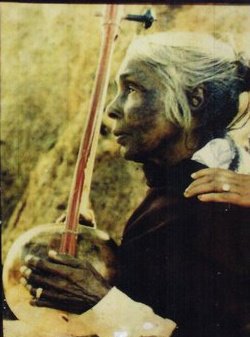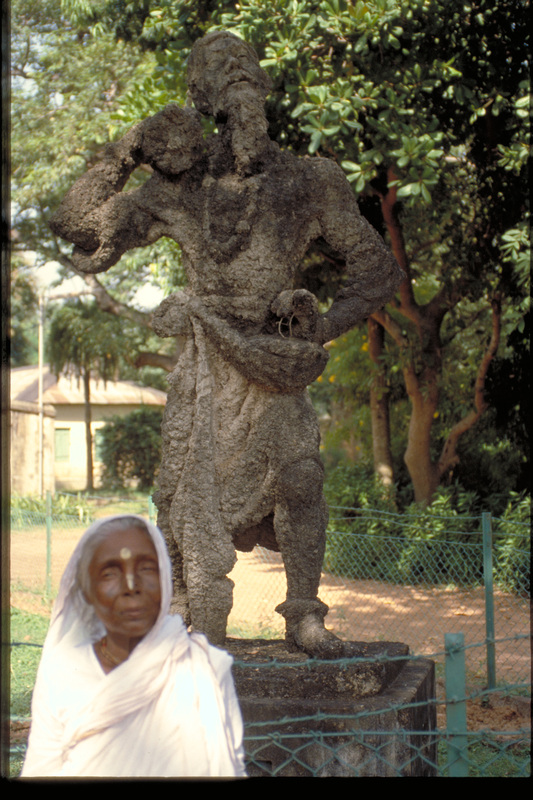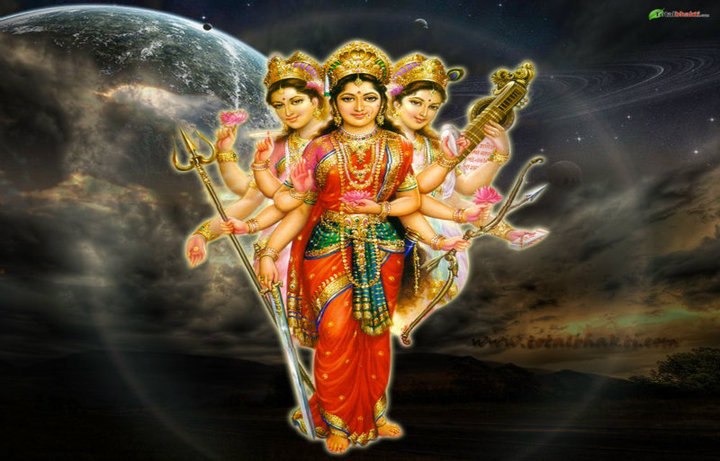
is a member of the swan or goose family. This ruddy goose is also called the Brahmany duck. They are known to fly in pairs during the day but are supposed to remain separate during the night. The Chakravaka in Hindu art and poetry, represents constancy and conjugal affection with the singular circumstance of the pair being doomed for ever to nocturnal separation for offending one of the Hindu Munis or sages.
Legend has it that Chakravaka birds are reborn lovers who had committed the 'sin' of disturbing sages at their meditation in their former life. The sages cursed the lovers to turn into ducks: worse, the pair had to separate after sundown and was, therefore, reduced to calling one another piteously through the night!
RAMAYANA SUNDRA KANDAM:
Hanuman takes his daring flight to Lanka. Finally he has sight of Sita and is grief stricken seeing her plight in the garden surrounded by ogresses. Based on her auspicious bodily marks he is certain that she is indeed Sita. Thinking for a moment of her palace and forest life with Sri Rama, Hanuman torments his eyes with tears.
Of Sit, then Hanuman states “Whoever Sita abandoning all comforts, forced by the love towards husband not thinking about sorrows, entering forest unpopulated with human, being happy with the fruits and roots, devoted to the service of Her husband, even in forest is getting great happiness like in palace, the one with golden limbs, always with a smiling talk, not suited to misfortunes; that this Sita is bearing all this suffering” - Sundra Kandam 16. 19-21.
Hanuman then describes Sita’s condition in Verse 30: “With lost glory like a lotus plant hit by snow, being tormented by a series of calamities, Sita obtained a pitiable condition like a chakravaka bird without a companion”.
MAHABARATHA:
Chapter 21, Harivamsha Parva tells us the story of those taken to cruel acts and their seven births. In their third birth, apparently they take birth as “judicious hunters.” What does that mean? Hunters should discriminate what to hunt because righteous hunters ought not to injure animals or birds that are in the state of: bala, garbhini or maithuna-astka – young, pregnant or when mating.
The Parva tells the story of seven brothers and their progression in their rebirths. These fellows are Nivaira, Nirvriti, Shanta, Nirmanyu, Kriti, Vaidhasa and Matrivarti. We shall abbreviate and call them 7 huntsmen brothers. Being ‘judicious’ they are always engrossed in their activity discarding greed and falsification; they hunt only for sustenance and spend the rest of their time in spiritual contemplation. Smart thing to do..... Living out in such a birth contingent on cruelty to living beings, they finally left hunting and repaired to forests in order to leave off their lives. Another smart thing they did. Unfortunately this lesson is yet to register here on earth. The most we could have near these 7 brothers is their fascinating names, 49 in this Parva, impressive for those on the spiritual path! Any takers...?
After a few years of spiritual life in there, they took rebirth as seven scaring and frightening wild animals on the Kalanjara mountains. But by their good behaviour, they still retained memory of past births. Apparently they even undertook asceticism without water and food. That marked their end of rebirth as animals.
They then take their fifth rebirth as chakravaka birds; seven water dwelling waterfowls, living on a beautiful island like saints, duly leaving off pairing and mating. These 7 chakravaka birds also undertook asceticism forgoing sustenance, later they discarded lives as birds on the banks of a lake. This led on to the sixth birth as Hamsa- royal swans. The story goes on narrating the efficacy of beatification in causing rebirths. Two things to note here: Law of karma and spiritual progression in their rebirths etc
RIGVEDA:
Contains reference to minor gods and the possible historical struggle between vedic people and the Dasa or Dasyu, the mythical prototypes. The purpose of a mention here is the curious similarity with the Indo-European branch of race. For instance: Horse-ashva, cattle, sheep and goat play an important role in the Rigveda. Mandala 8 makes reference to animals – elephant, Hastin or Varana; camel- Ustara; ass-khara or rasabha; buffalo-Mahisa and lion or Simha. The bords mentioned are peafowl – mayura; goose-hamsa and anascasrca – Chakravaka.
TARANGAVATI KATHA OF PADALIPTA:
This was composed in the 1st-2nd century and tells the story as narrated by a nun, Tarangavati. She is the daughter of a rich merchant family of Kaushambi. In this autobiography, Tarangavati, sees the plight of chakravaka birds and recalls her previous life as a female chakravaka bird, whose happy existence was cut short by a cruel hunter who killed her male companion. She then goes on to prepare and exhibit a picture panel to depict the main events of her previous life.
Now, the son of a leading merchant recognizes himself in those pictures and identifies himself with the male bird. He establishes contact with Tarangavati secretly. The human lovers plan to marry and decide to elope as there is objection from the parents. While eloping, they fall prey to some robbers, who where then on a hunt for a human sacrifice for their Robber Goddess. Thus, they were kept on guard for the next day’s sacrifice. A prison guard helps them to escape. They return home to be married.
One day, they meet a monk, who ends up telling his life story. In his previous birth, apparently, he was the prison-guard who had helped them escape from the forest prison; he was also the hunter who had killed the male bird. Hearing this, Tarangavati and her husband reflect spiritually. Despite their young age, they decide to renounce worldly life and became monk and nun. Don’t ask me if they hung out as a pair of Chakravaka birds! But they could have lived, good riddance, spiritually blessed ever after.....and also bliss!
SRI ADI SHANKARA:
The great acharya was close to nature as his hymns and simile expose. The Viveka Chudamani contains the ever-famous rope and snake simile. He travelled by foot in extreme circumstances thoughout the four corners of India. That probably gave an opportunity of observation. In his hymns he mentions innumerable birds, animals, insects and plants. Some of them are very interesting because nobody knows the truth about those animals and plants. A hymn from his Sivanandalahari 59:
Lord of Gauri! As the swan loves the lotus bed, the Chataka bird the dark cloud, the Koka bird the sun every day and the Chakora bird, the moon –even so, O Lord of beings, my mind desires your lotus feet, which are to be reached through the path of knowledge, and which yield the bliss of perfection.
The longing of the devoted mind for god is compared to the longing of the Swan for the lotus tank, of the Cataka bird for the rain bearing clouds, of the Chakravaka bird for the sun and of Cakora bird for the moon. Swans feed on lotus stalks. Cataka birds are believed to drink only rain water. Chakravaka looks for sun light eagerly and Cakora birds are believed to live on moon light.
GITA 5.21:
This verse explains that pleasures are perishable which are born of contact with objects outside. They are styled sense-pleasures. The purified mind or the blessed ones, enjoys the Bliss of Atman; and this Bliss suffers from no mutation. It is held as being imperishable. Of this, Sri Ramakrishna Paramahamsa illustrates that those blessed ones are like the mythological Chakravala bird, which, even when parched with thirst to the point of death, does not alight on earth full of water, but seeks to slake it with the rain water only if and when available up in the sky. The God-intoxicated one, says the sage, revel only in God and in nothing else.
BUDDISM:
In Mahayana Buddhist tradition, it is belived that Buddha himself designed the first Bhavachakra, the Buddhist Wheel of Life, to help ordinary people to understand his teachings. Chakravaka bird is immortalised in this wheel. The Divyavadana anthology describes how Buddha passed on the drawing to King Rudrayana. This art is said to teach Buddhist philosophy of life and perception, which was otherwise very deep and profound, to the most simple-minded of seekers through powerfully-graphic images. Thus, a donkey-headed woman is used to depict the vice of love and a pair Chakravakas stands for obsessive lust. This can never be satiated except and only through enlightenment of Nirvana according to Buddhism.
LAWS OF KARMA:
Could it be imposed that those wanting the Chakravaka bird, or any bird or animals on their dinner plate be reminded of the laws of karma?
by Yogi Ananada Saraswathi
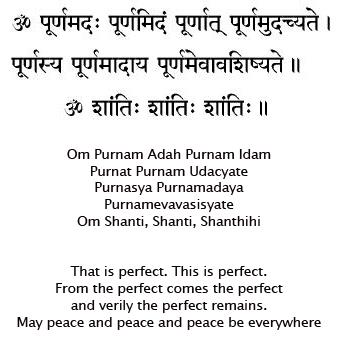

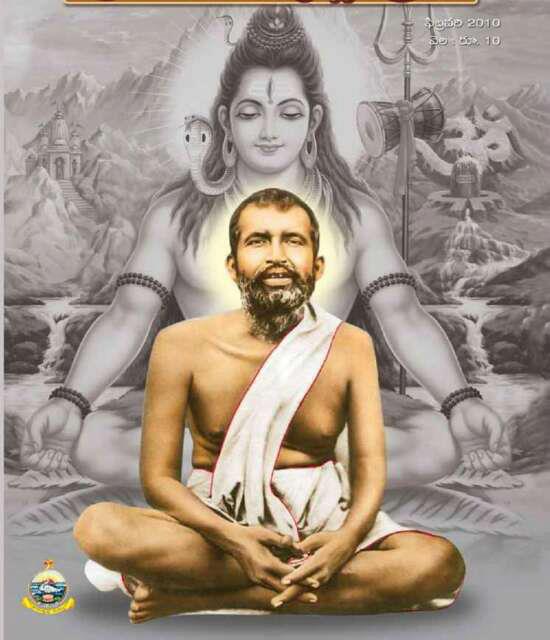

















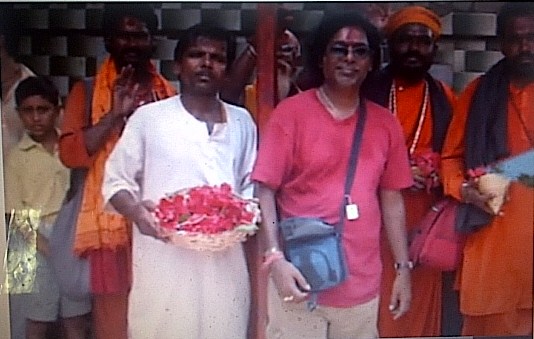




 RSS Feed
RSS Feed
